SBAA545 August 2022 DRV5013 , DRV5013-Q1 , TMAG5110 , TMAG5110-Q1 , TMAG5111 , TMAG5111-Q1
3 Hall Devices and Magnet for Motor Monitoring
So far, this application note has focused on how the mechanical chain of the system translates the rotational movement of the motor into vertical window movement. The next step is to look at the magnet and Hall sensors used to monitor motor speed as illustrated previously in Figure 1-4, which shows a multipole ring magnet on the motor shaft and the Hall sensor positioned just below the magnet. As the magnet spins, the resulting time-varying magnetic field is monitored by the Hall-effect latch. For more information on magnet selection, see the TI E2E™ FAQ TMAG5170: How does Magnet Selection Impact Hall-Effect Angle Measurements? as well as the references shown in the bibliography.
Monitoring motor speed and direction requires two appropriately placed Hall-effect latches. For more information, see the TMAG511x 2D Latch Benefits application note. Orient and space the Hall-effect latches such that the flux density from the magnet is sufficient for triggering the latch thresholds in response to magnet rotation. Additionally, space the two sensors of the latch such that there is delay between their latching behavior. Figure 3-1 shows one possible ring magnet – device configuration in which either a 2D latch or dual planar latch can be used. The red squares in both devices indicate the two sensing Hall-elements that are needed for this application. Other magnet – device orientations that can be considered are listed in Figure 3-2 through Figure 3-13; however, the TMAG511x 2D Latch Benefits application note discusses how dual planar might not be suitable for some of the configurations.
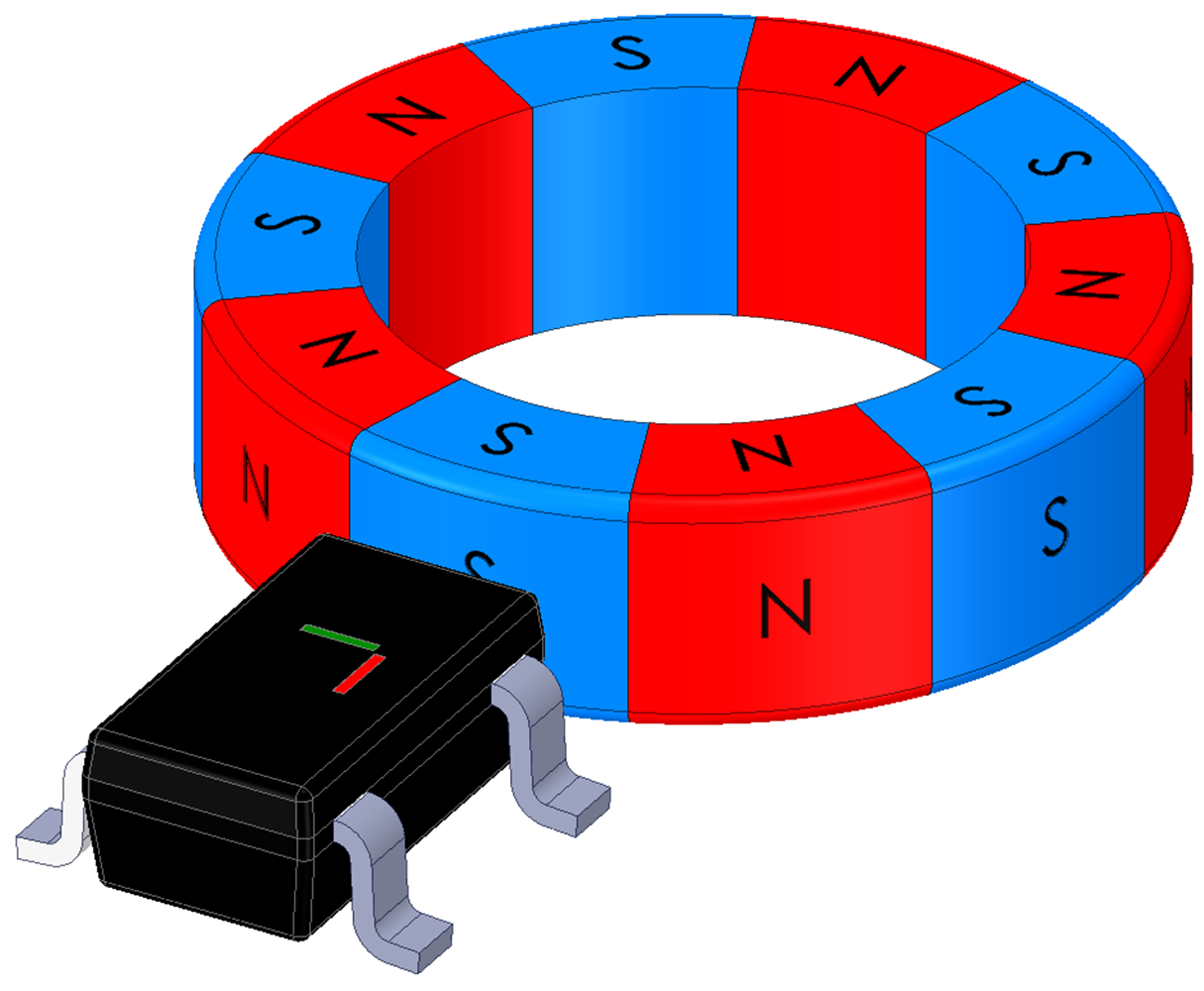 Figure 3-2 XY Outer Edge 1 Figure 3-2 XY Outer Edge 1 | 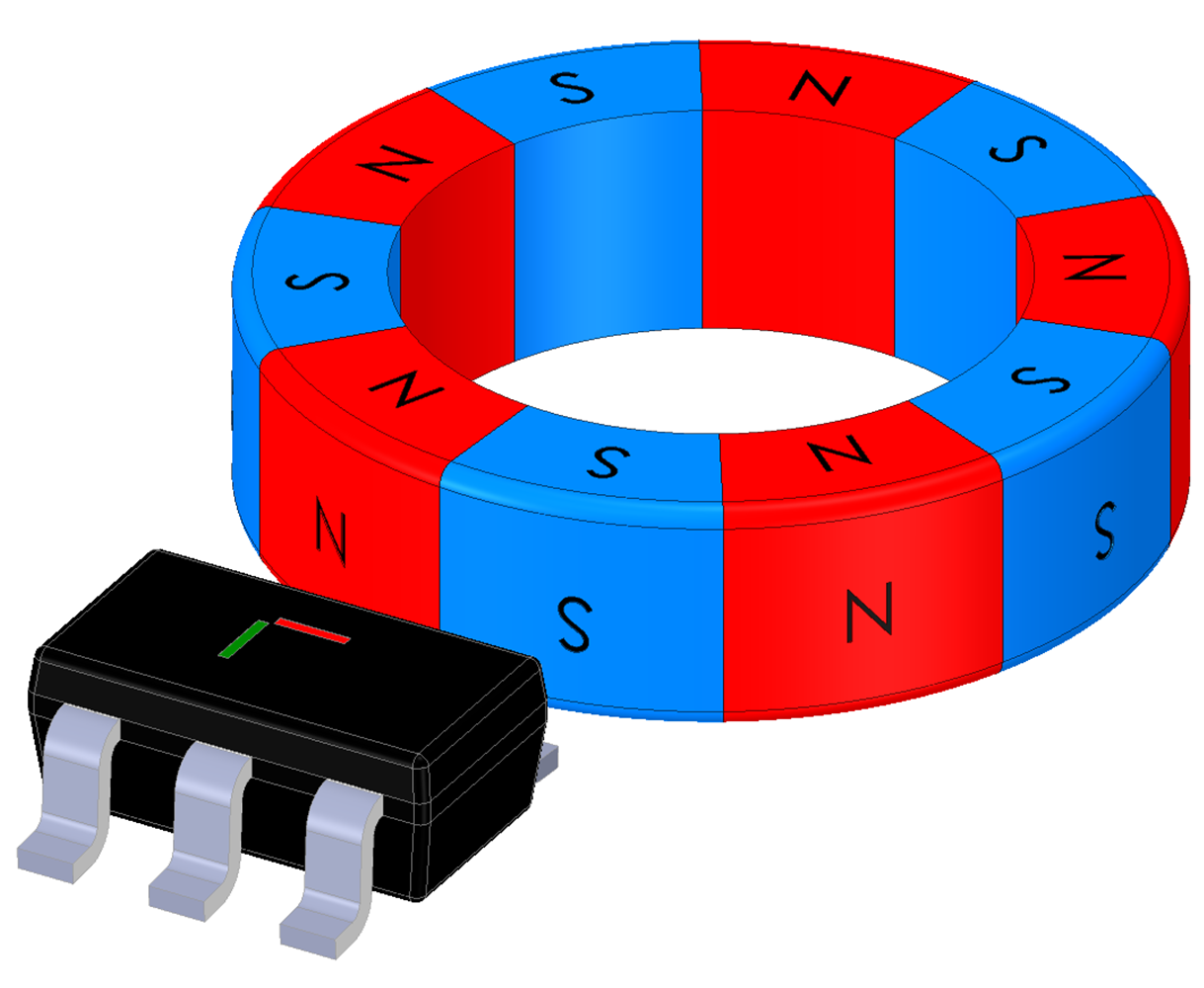 Figure 3-3 XY Outer Edge 2 Figure 3-3 XY Outer Edge 2 | 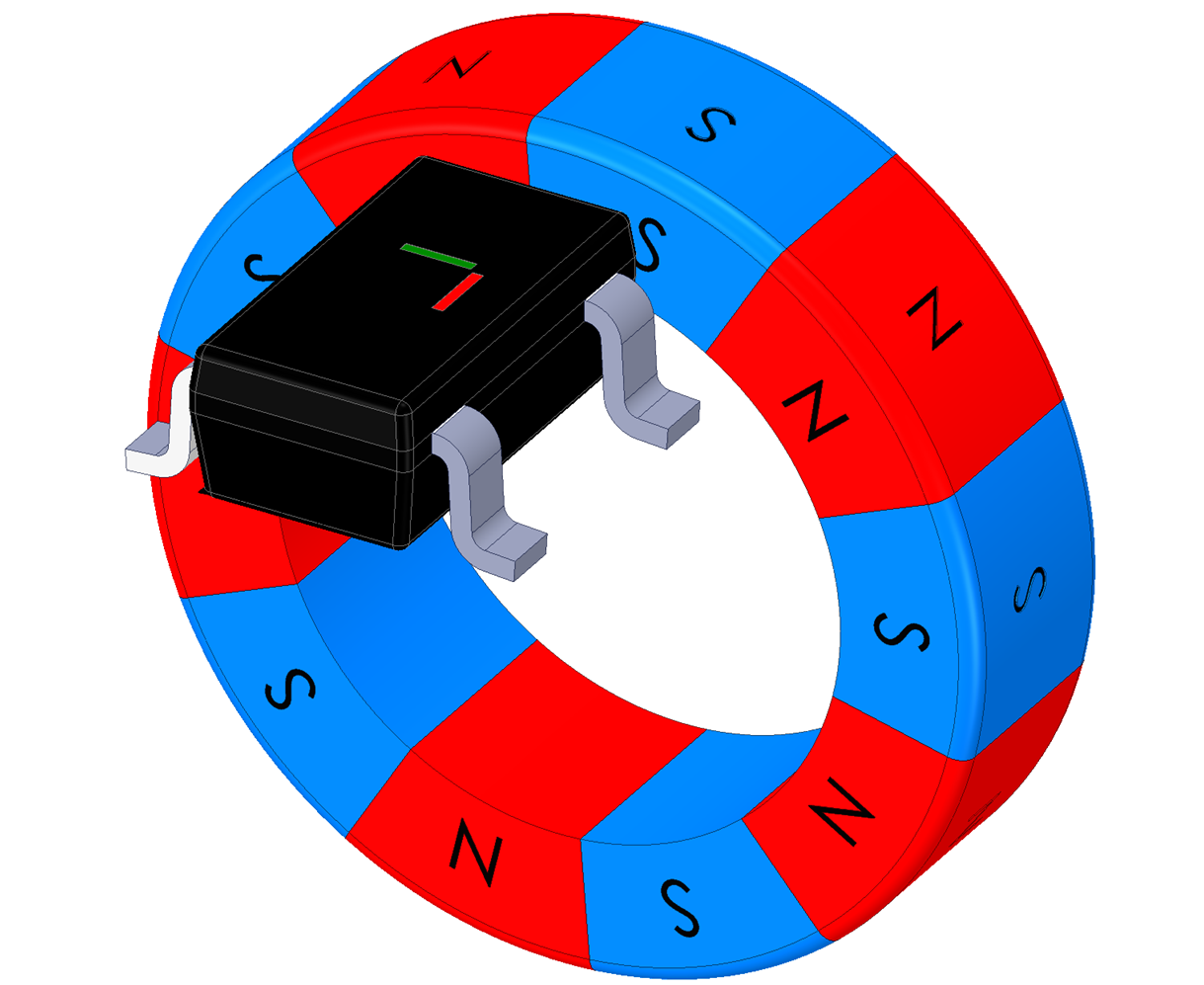 Figure 3-4 XY Side Edge 1 Figure 3-4 XY Side Edge 1 | 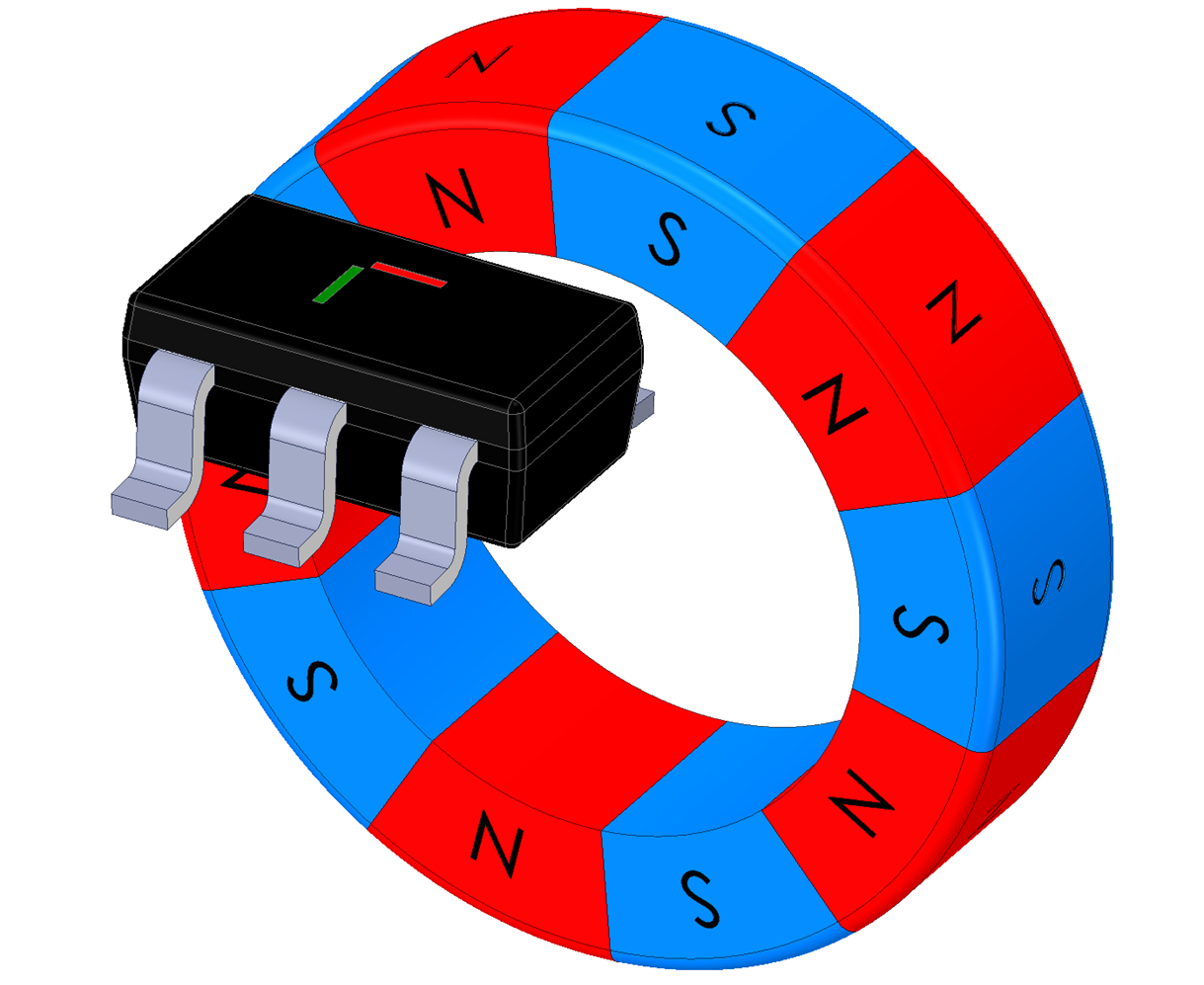 Figure 3-5 XY Side Edge 2 Figure 3-5 XY Side Edge 2 |
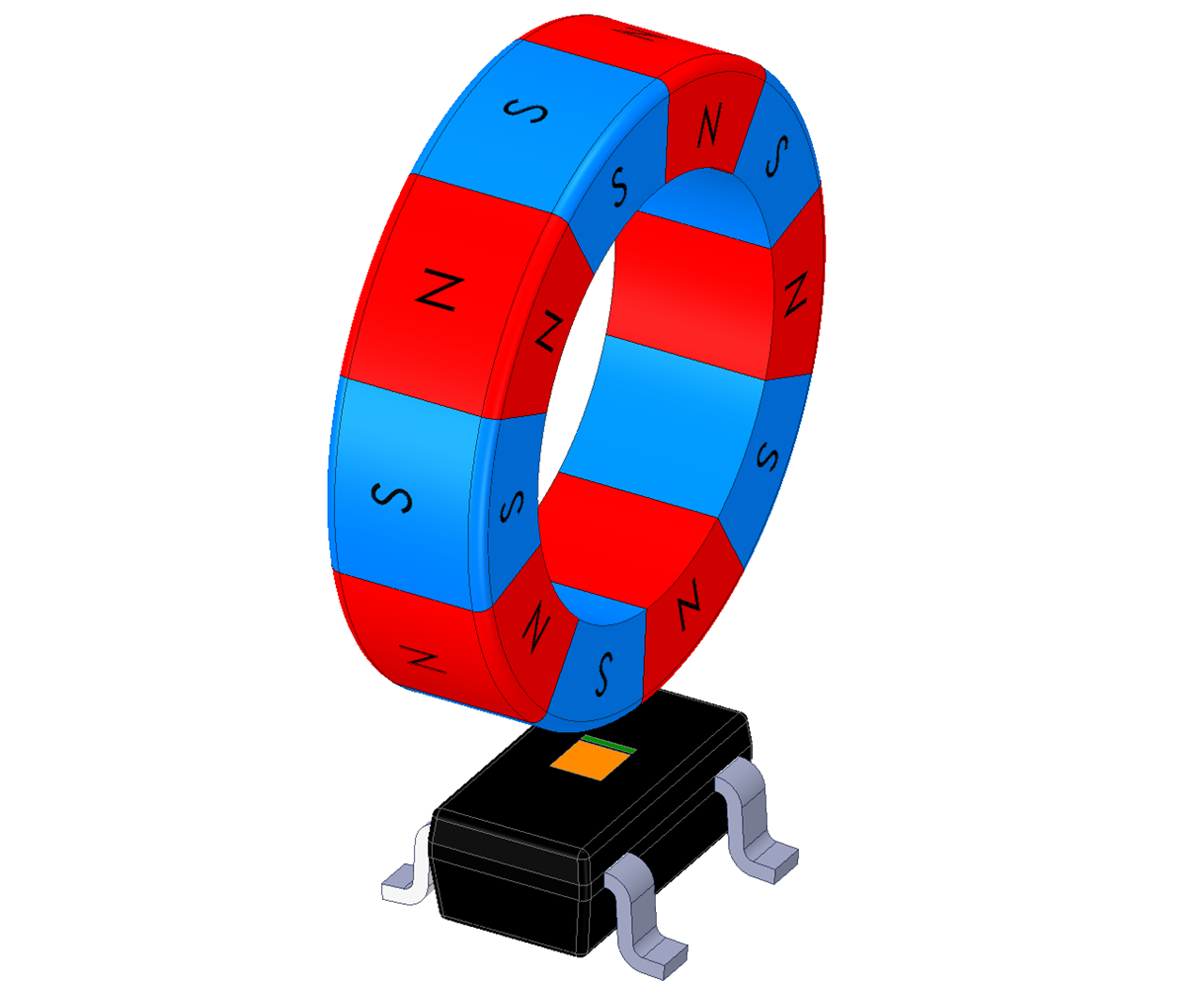 Figure 3-6 ZX Outer Edge 1 Figure 3-6 ZX Outer Edge 1 | 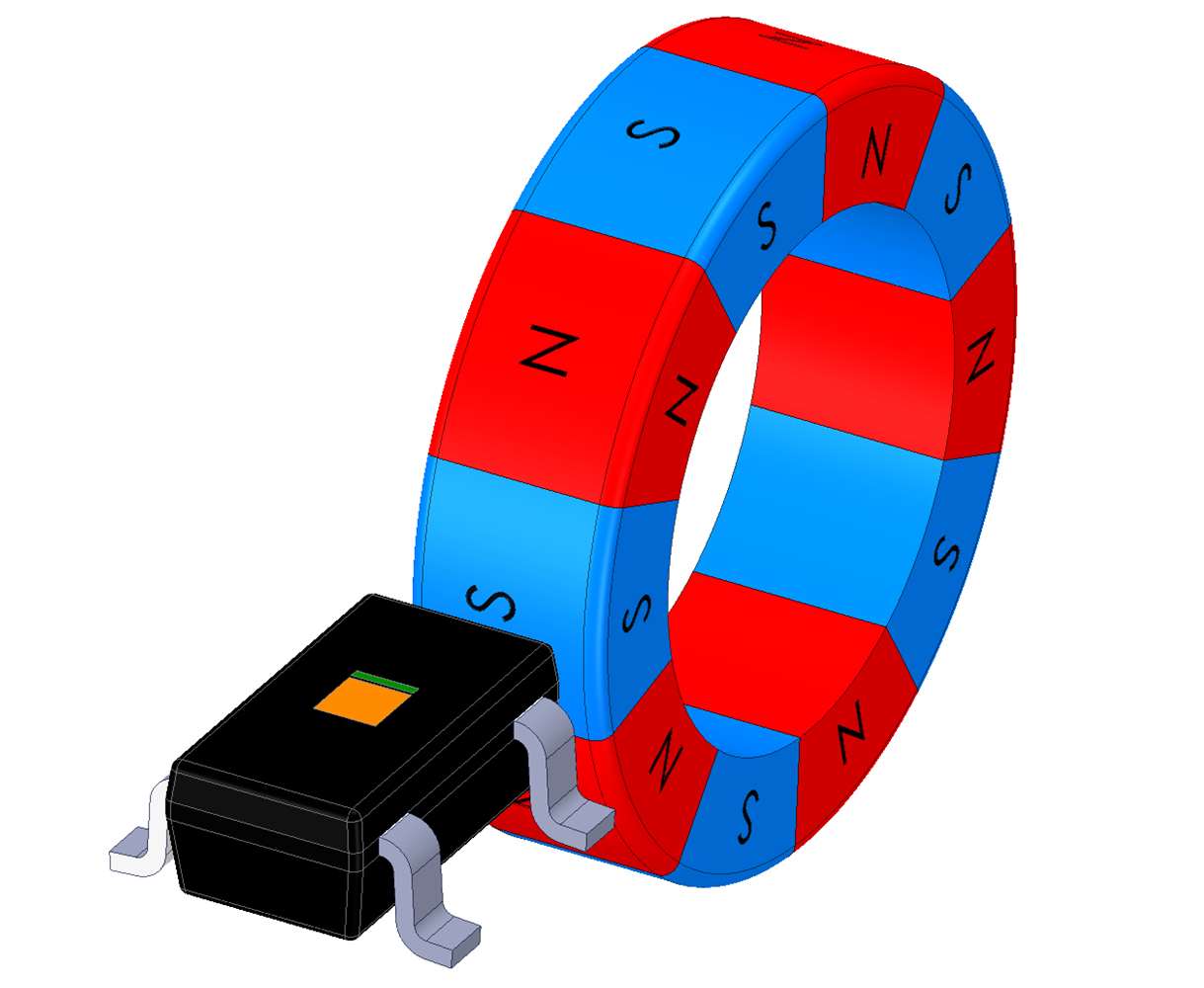 Figure 3-7 ZX Outer Edge 2 Figure 3-7 ZX Outer Edge 2 | 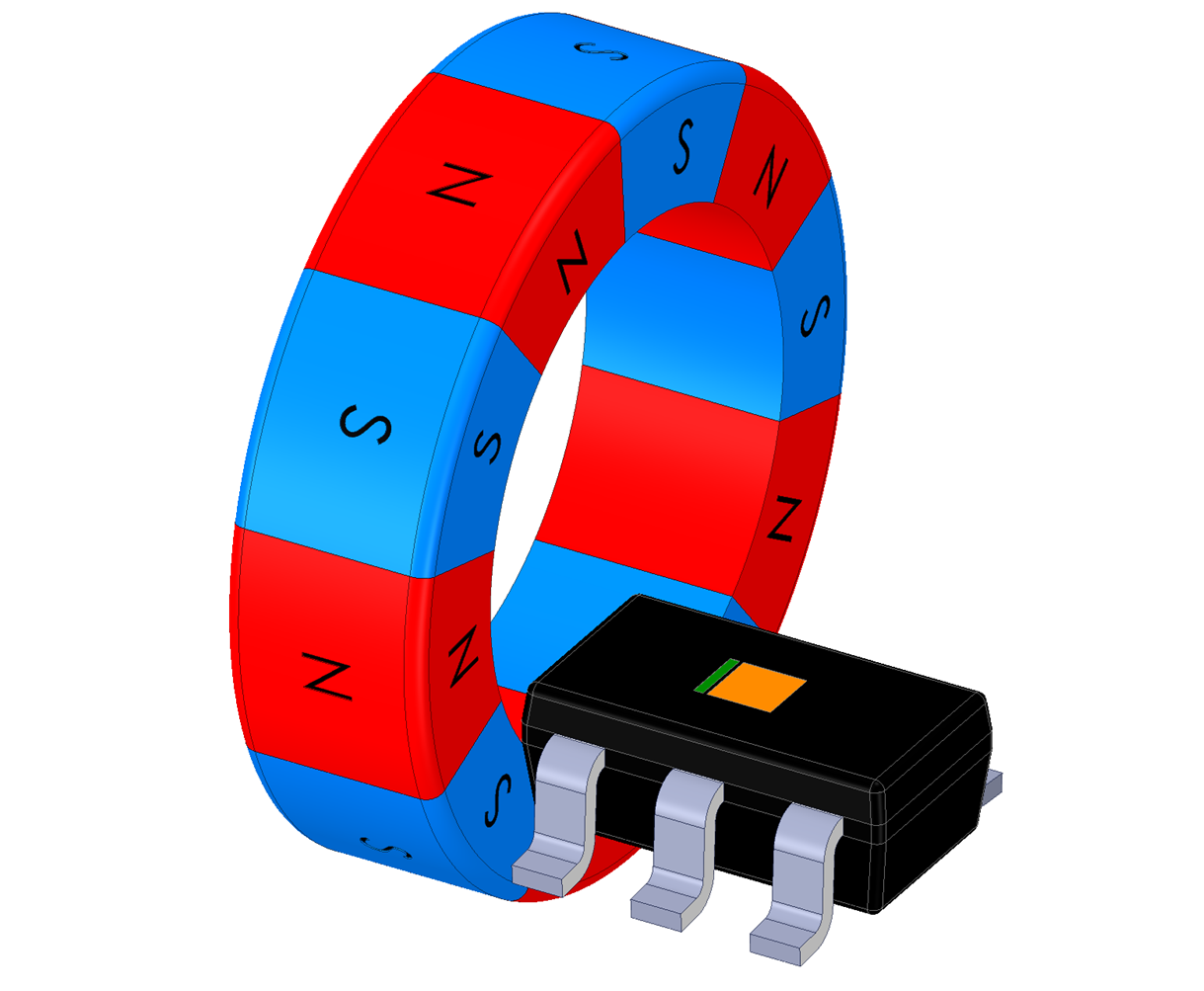 Figure 3-8 ZX Side Edge 1 Figure 3-8 ZX Side Edge 1 | 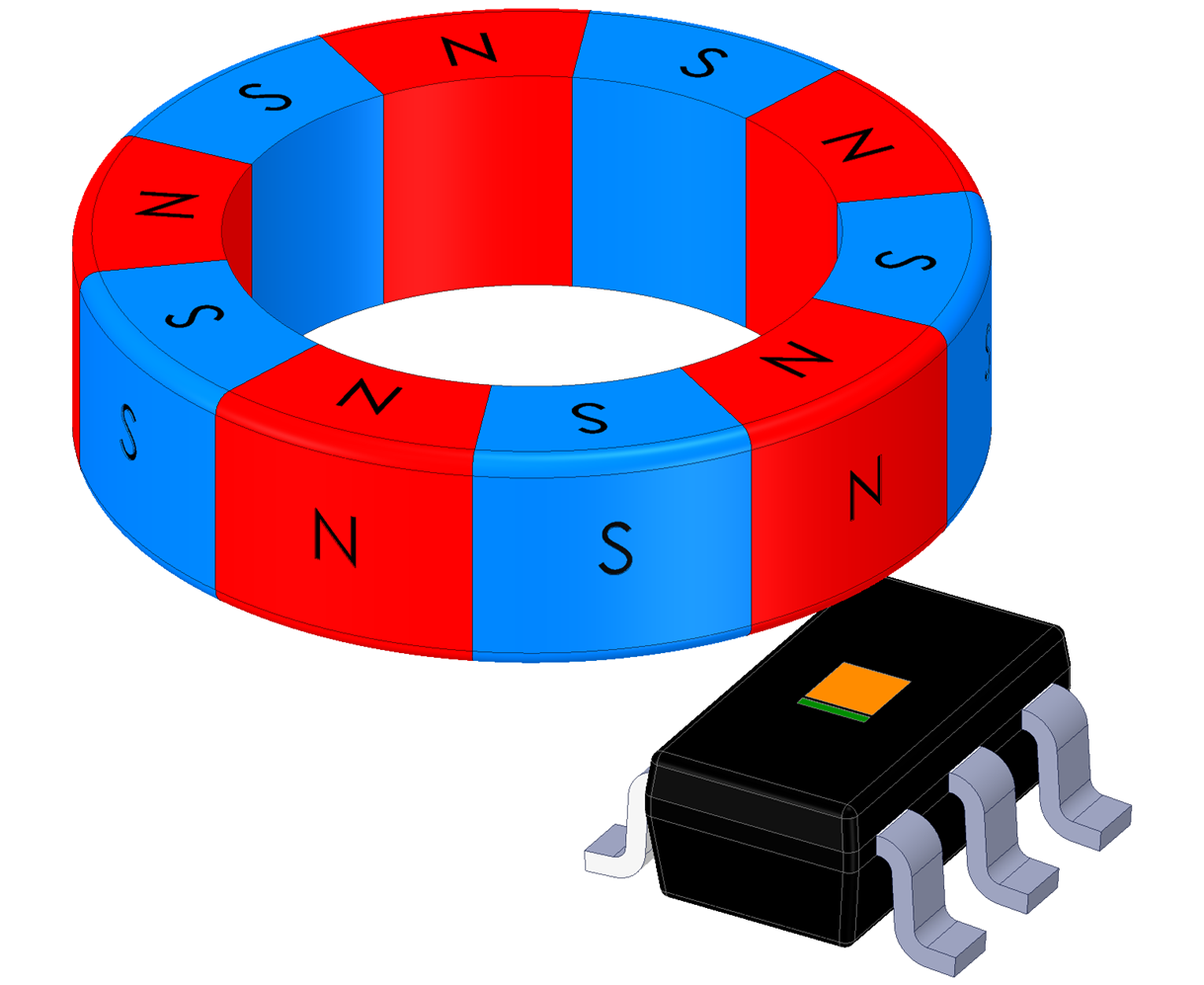 Figure 3-9 ZX Side Edge 2 Figure 3-9 ZX Side Edge 2 |
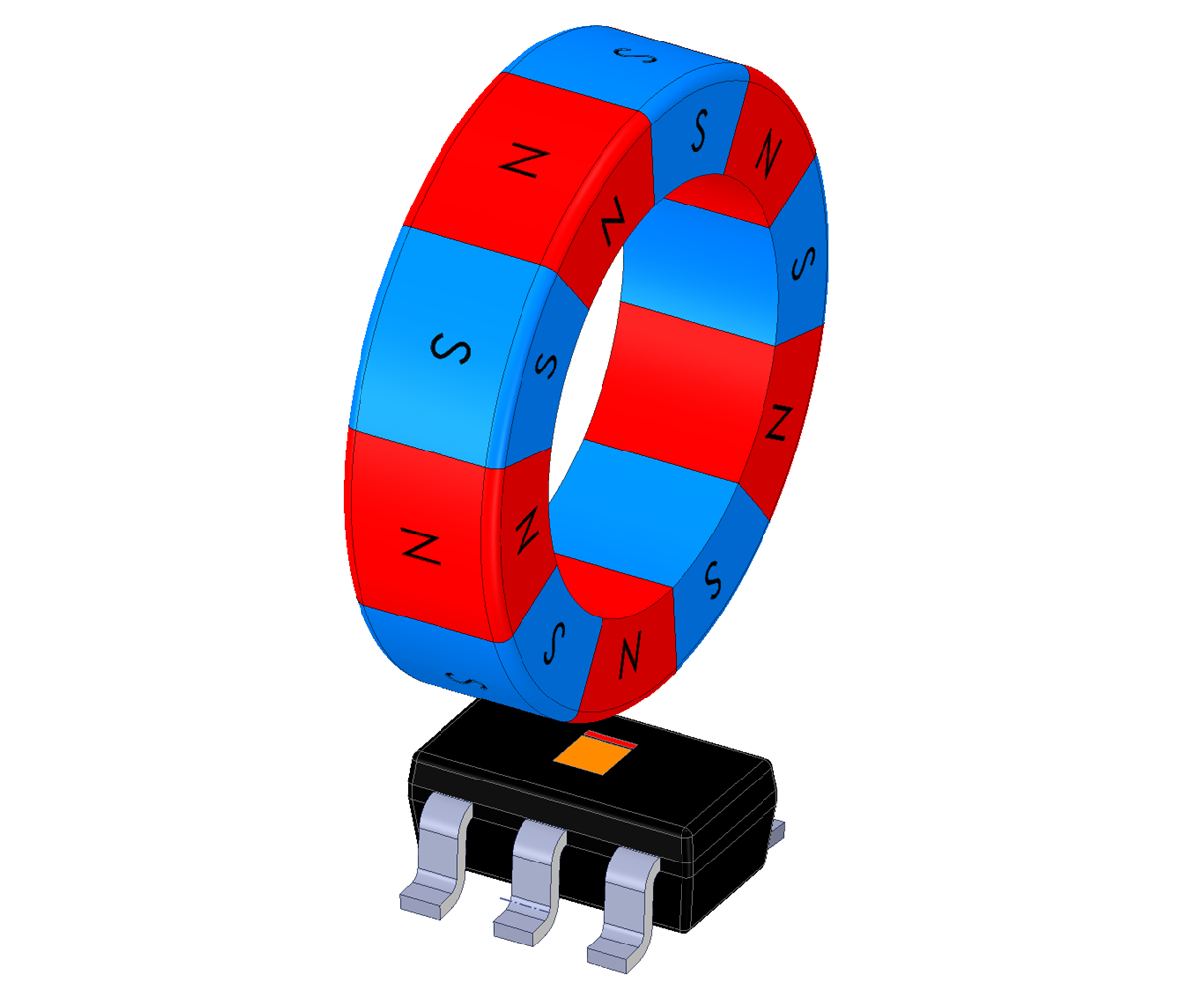 Figure 3-10 ZY Outer Edge 1 Figure 3-10 ZY Outer Edge 1 | 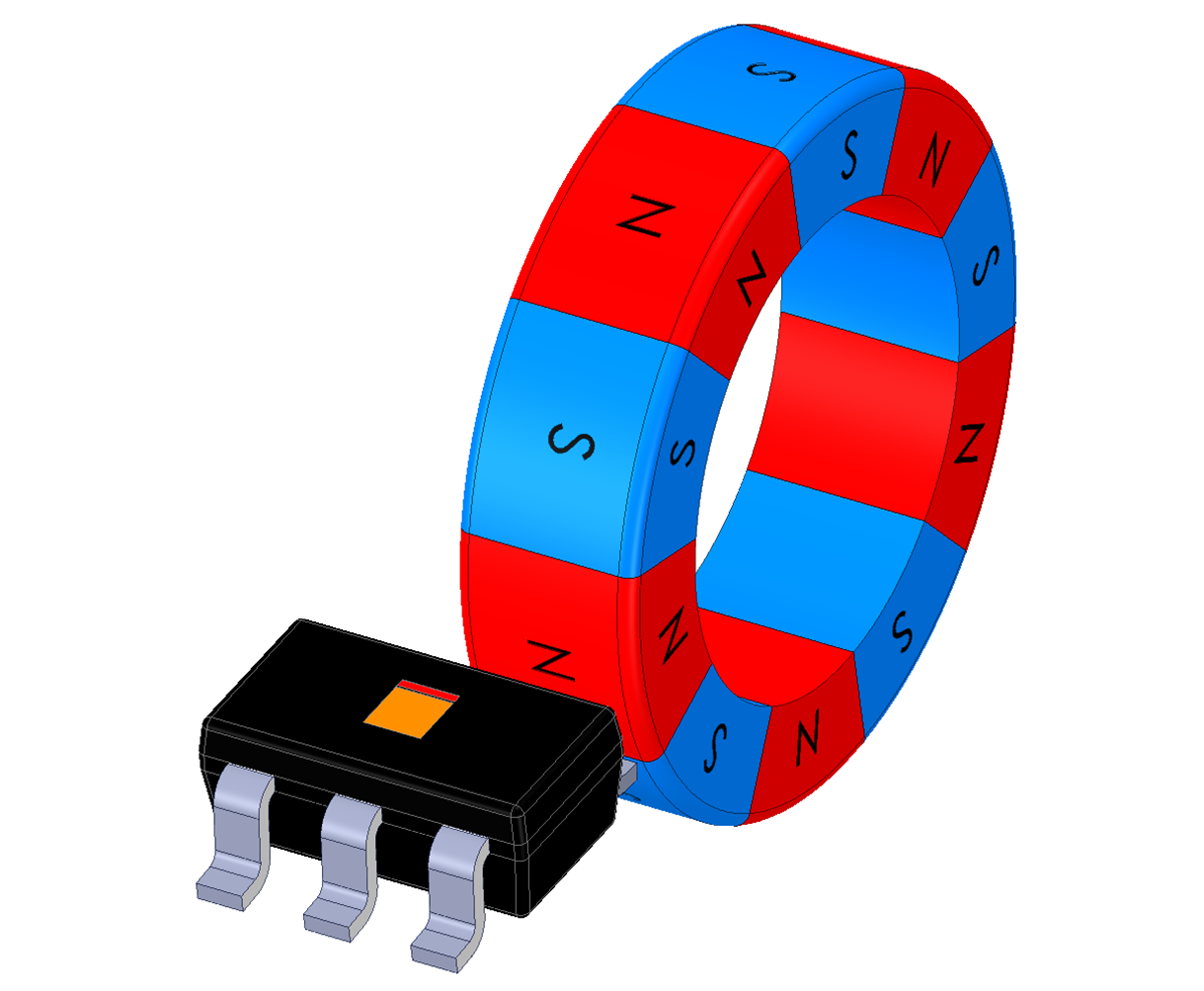 Figure 3-11 ZY Outer Edge 2 Figure 3-11 ZY Outer Edge 2 | 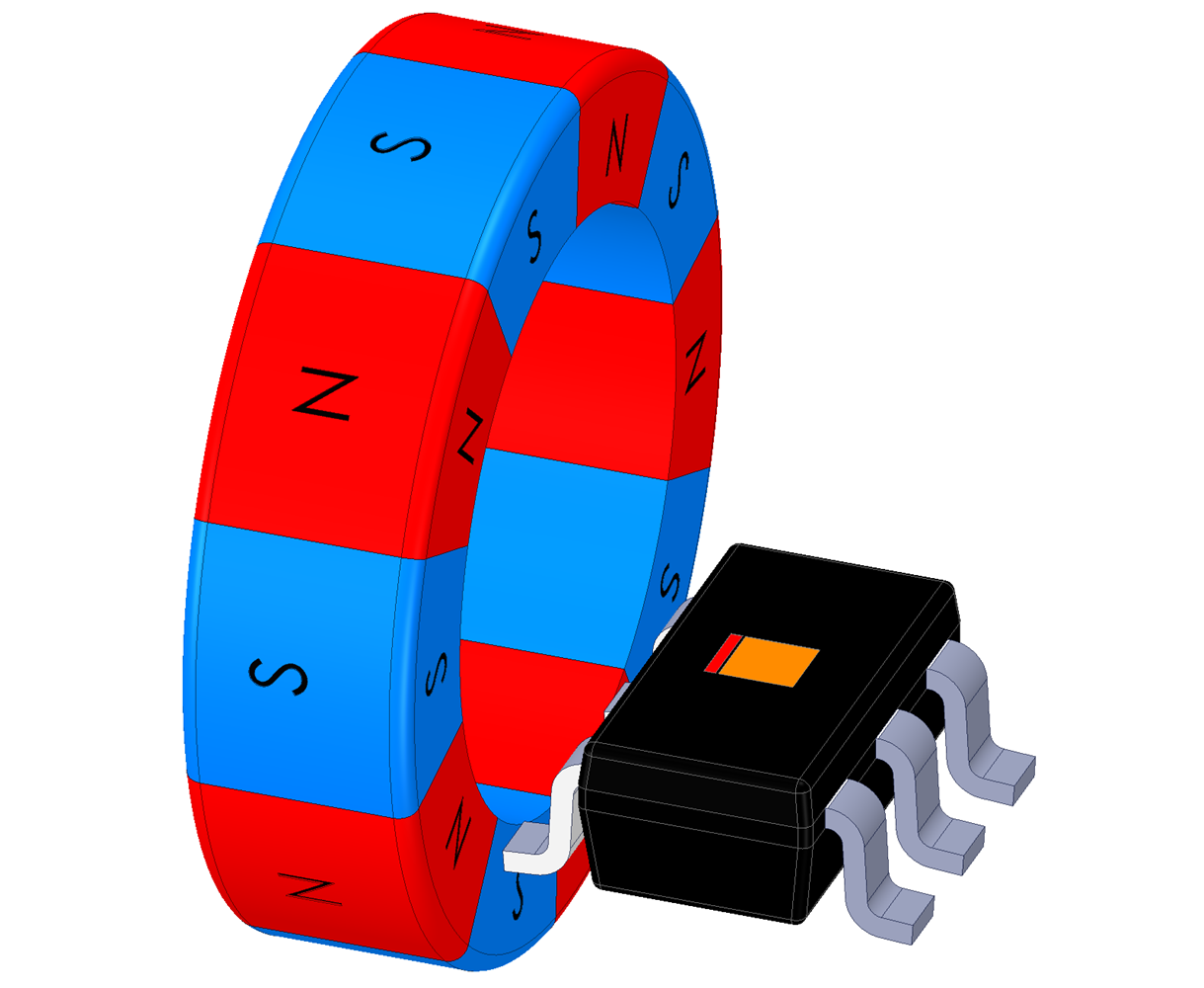 Figure 3-12 ZY Side Edge 1 Figure 3-12 ZY Side Edge 1 | 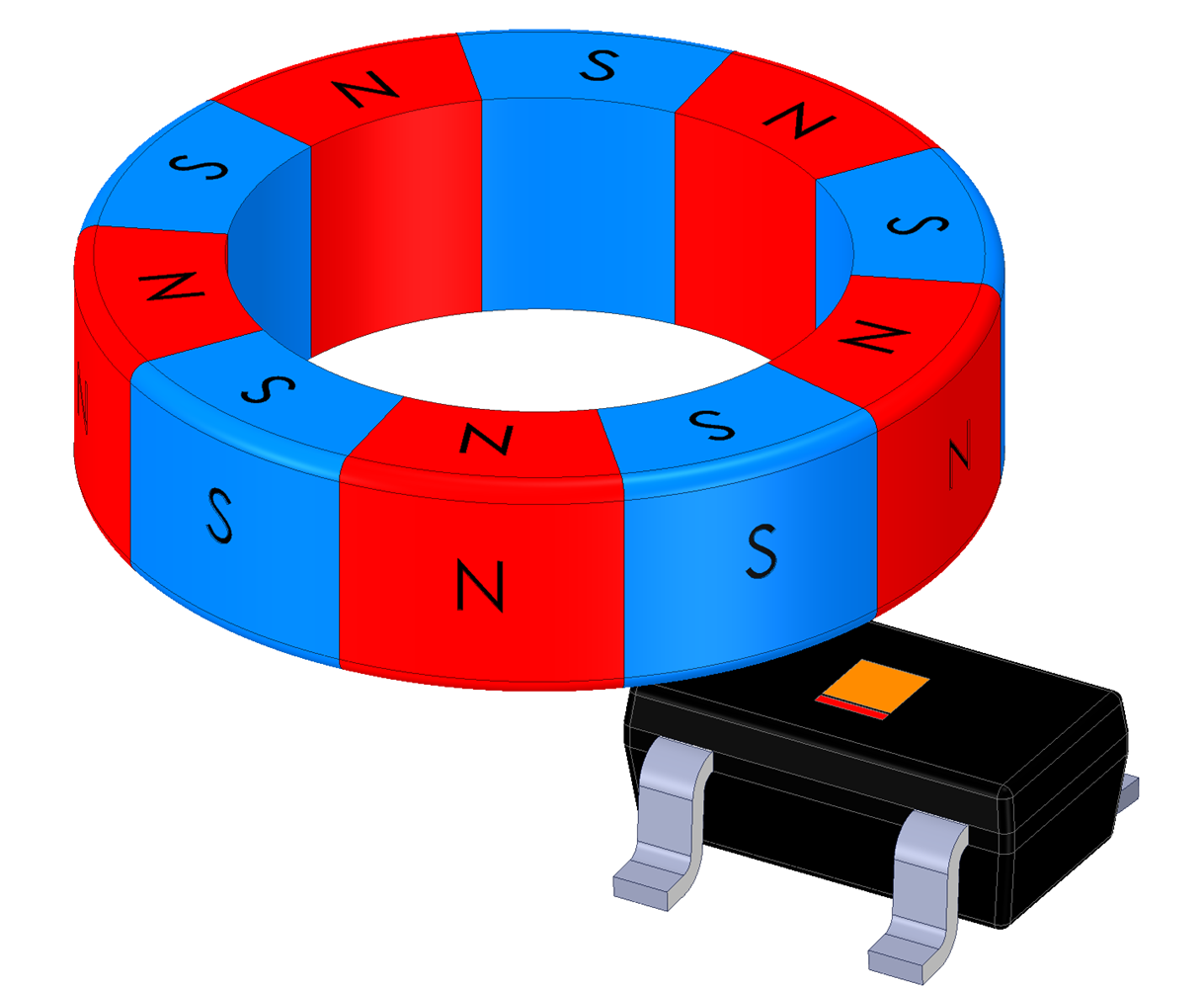 Figure 3-13 ZY Side Edge 2 Figure 3-13 ZY Side Edge 2 |
Upon selecting the best latch orientation, appropriate magnet-to-sensor spacing must be determined. As noted in the Introduction, latches give an active LOW output when the magnetic field is above the operating threshold (BOP), and a HIGH output when the magnetic field is below the release threshold (BRP). The thresholds are separated by hysteresis (BHYS), which prevents noise-induced toggling at a threshold and maintains the state of the last crossed threshold.
Magnet-to-sensor spacing constraints are chiefly dependent upon the field strength of the magnet at the Hall sensors. The key magnet parameters that influence field strength include remanence (with units of milli-Tesla: mT), the number of poles, and the physical dimensions: outer radius, inner radius, and thickness. Other magnet properties to consider are the material, behavior over temperature, and mechanical integrity, which are beyond the scope of this document. A discussion of magnet selection, as well as related references, is found in the TI E2E™ FAQ How Does Magnet Selection Impact Hall-effect angle Measurements?
After determining a viable location for the sensors, verify the sensors have sufficient bandwidth for the system. The motor speed and the number of magnet poles set the rate of change (for example, frequency) of the magnetic field detected by the Hall sensors. Generally, the Hall-sensor bandwidth must be faster than two times the number of poles per second as illustrated in Equation 10.